In the animal world some creatures make you do a double-take, leaving you wondering if Mother Nature has a secret Instagram filter. The animal kingdom is bursting with characters so adorable they seem plucked from a Pixar storyboard. These critters are the superstar influencers of the wild, each trailing a fan club of wildlife enthusiasts. They’re not just cute; they redefine the term, stepping out so perfectly groomed that you might suspect there’s a stylist hiding in the bushes.
1. Quokka
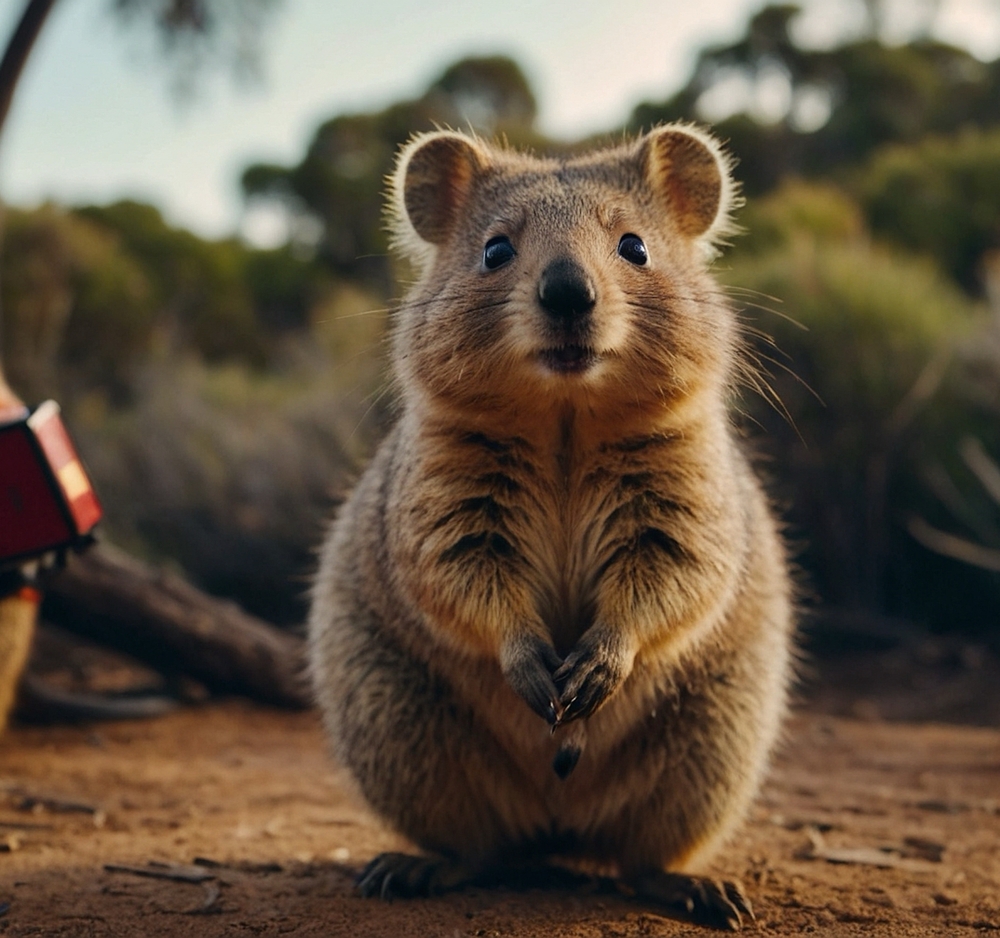
Dubbed by many as “the happiest animal in the world,” the quokka has an infectious smile that seems too human to be real. Found primarily on Rottnest Island in Australia, these marsupials are experts in photobombing tourist selfies. According to National Geographic, their cheeky grins and button-like eyes have made them internet darlings. If social media awarded an animal influencer of the year, chances are, the quokka would be a strong contender.
Quokkas are nocturnal herbivores, often spotted munching on leaves and bark in the moonlight. Their demeanor is so friendly that they’ve made “quokka selfies” a must-have for visitors. While they look like a cross between a kangaroo and a teddy bear, their curious personality is uniquely their own. Remember, though they’re irresistibly cute, it’s illegal to handle them; it’s a look-but-don’t-touch sort of love affair.
2. Pygmy Goat
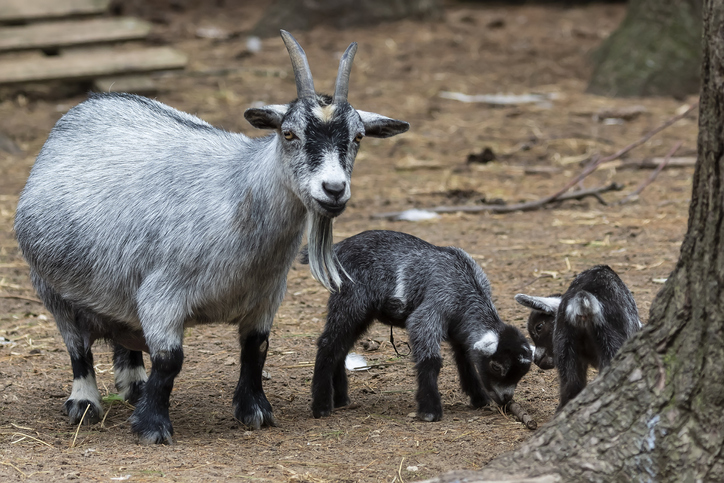
Pygmy goats are pint-sized bundles of joy that bounce around like animated characters. Originating from West Africa, these goats have become popular pets due to their diminutive size and playful nature. They’re not only cute but also incredibly intelligent, capable of solving puzzles and forming strong social bonds. Their mischievous antics and expressive faces make them seem almost unreal.
Watching pygmy goats jump and play is like witnessing a live-action cartoon. They are social animals, so they thrive in herds where they can engage in communal activities like headbutting and play wrestling. Their “bleats” are known to mimic human voices, adding to their charm. These goats are proof that small stature has no bearing on the size of one’s personality.
3. Fennec Fox
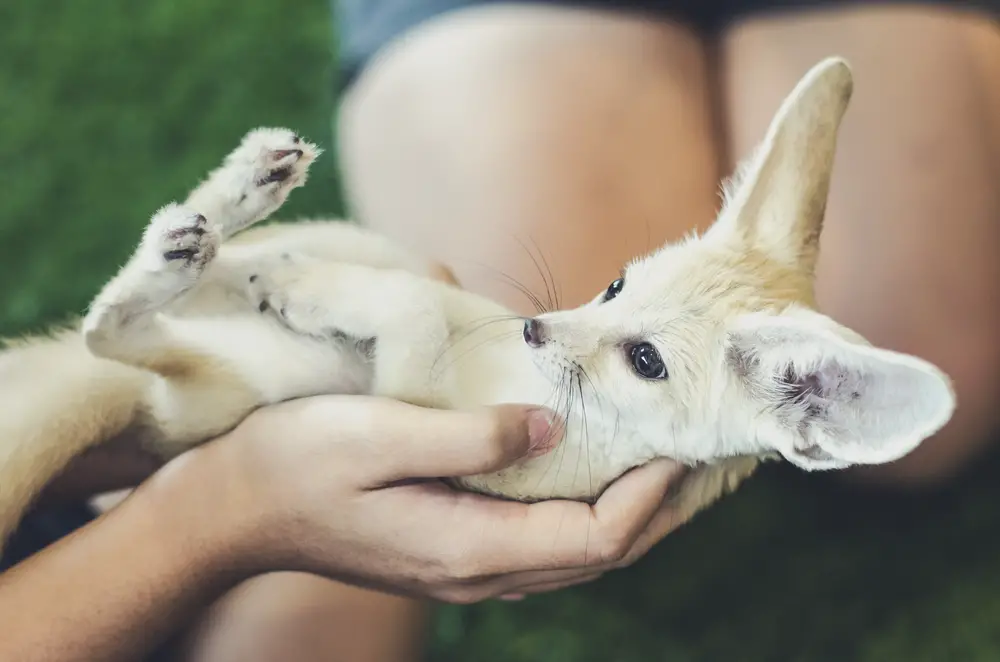
With its colossal ears and delicate frame, the fennec fox appears to have stepped out of a fantasy novel. Native to the Sahara Desert, these foxes are celebrated for their extraordinary ability to thrive in harsh conditions. Their oversized ears help dissipate heat and detect prey underground, making them desert survival specialists, according to an article in the BBC. Watching a fennec fox prance through the dunes is akin to observing a mythical creature in its natural habitat.
Despite their wild roots, fennec foxes have a social side, often living in tight-knit family groups. Their nocturnal lifestyle and cautious nature make them elusive to human observers. Yet their appearance alone—those enormous ears tan against their cream-colored fur—captures imaginations worldwide. It’s as though they sprang from a designer’s sketchbook, complete with whimsical proportions and a dash of magic.
4. Axolotl
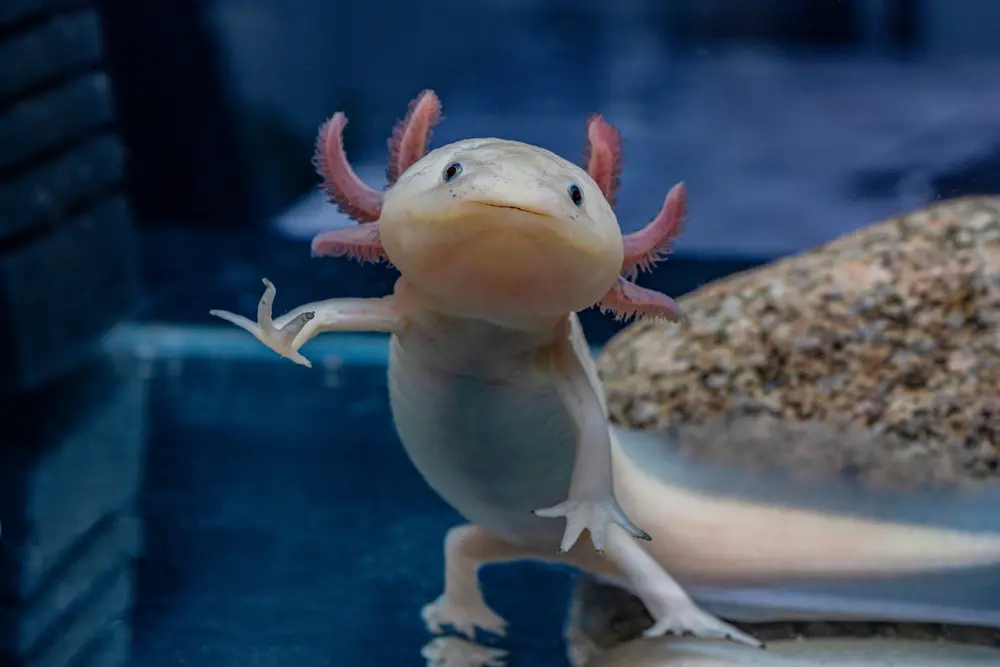
The axolotl, a type of salamander, is nicknamed the “walking fish,” and it looks like something straight out of a science fiction film. Native to the lakes underlying Mexico City, these amphibians are notable for their unique regenerative abilities. Axolotls can regrow lost limbs and even parts of their brain, a trait that fascinates scientists. Their permanently “smiling” faces and feathery external gills give them a perpetually juvenile and otherworldly appearance.
Axolotls are aquatic creatures, spending their entire lives in water. They are often kept as exotic pets due to their distinctive looks and relatively easy care requirements. Their unfazed expression and curious demeanor make them endearing to anyone lucky enough to witness them. It’s as if they’re perpetually posing for a portrait, unaware of how extraordinary they truly are.
5. Red Panda
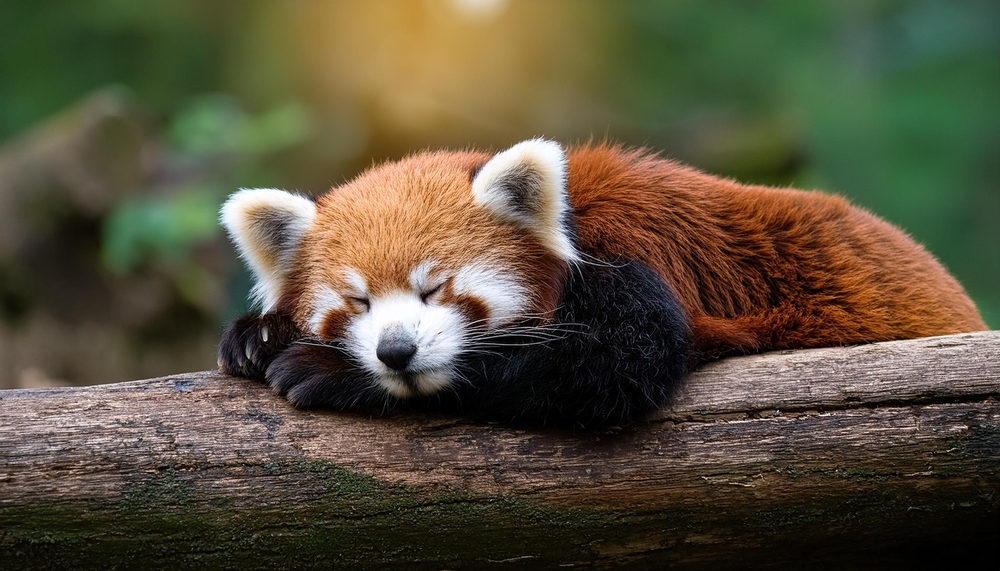
The red panda, with its vivid russet fur and mischievous eyes, is as charming as it is elusive. Native to the Himalayan forests, these arboreal creatures are renowned for their acrobatic prowess and diet rich in bamboo. According to WWF, red pandas are solitary animals, usually preferring the company of trees over other pandas. Their fluffy tails and masked faces make them look like real-life plush toys frolicking among the treetops.
Despite their name, red pandas aren’t closely related to the giant panda, instead belonging to their own unique family. They navigate the forest with effortless grace, often seen curled up in branches or peeking out from dense foliage. Conservation efforts are crucial, as habitat loss threatens their population. Seeing a red panda in the wild is like spotting a celebrity, rare and immensely rewarding.
6. Manul (Pallas’s Cat)
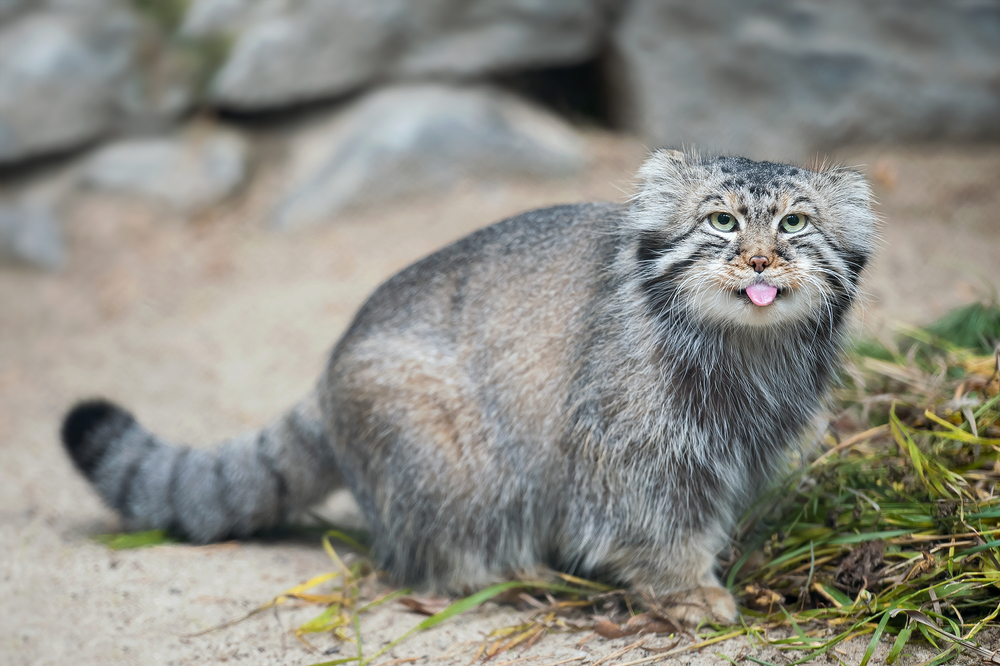
The Manul, or Pallas’s cat, might just be the most expressive feline on the planet. With its dense fur and round face, it’s a compact powerhouse of charisma. Native to Central Asia, this small wildcat has a perpetually grumpy expression that belies its secretive and solitary nature. Its ears are set low and wide to avoid detection from prey, and its thick coat provides insulation against the bitter cold.
Watching a Manul in motion is like observing a master of stealth. It moves with a calculated grace, its fur rippling like water with every step. Despite its tough exterior, the Manul is surprisingly vulnerable, with its habitat increasingly threatened by human activity. Those who encounter this enigmatic creature are left with a profound appreciation for its unique beauty and resilience.
7. Japanese Dwarf Flying Squirrel
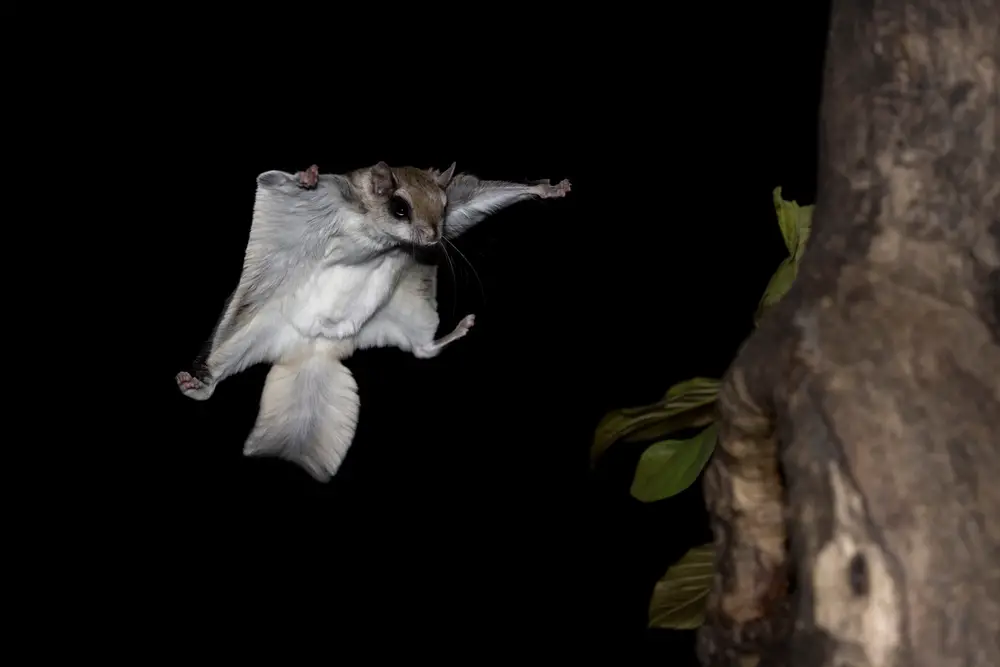
The Japanese dwarf flying squirrel is an acrobat of the forest, gliding effortlessly from tree to tree. With its enormous eyes and fluffy tail, it looks more like a cartoon character than a real animal. Native to Japan, this nocturnal rodent uses a membrane between its legs to glide through the air, covering distances of up to 100 meters. Its gentle movements and wide-eyed stare create an air of innocence that is utterly captivating.
Despite its small size, the Japanese dwarf flying squirrel is a master of its aerial domain. By day, it hides in tree hollows, emerging at night to forage for food. Its diet consists mainly of seeds and fruits, which it gathers with delicate fingers. The sight of this small creature soaring through the forest is a testament to nature’s ingenuity, an aerial ballet performed under the stars.
8. Slow Loris
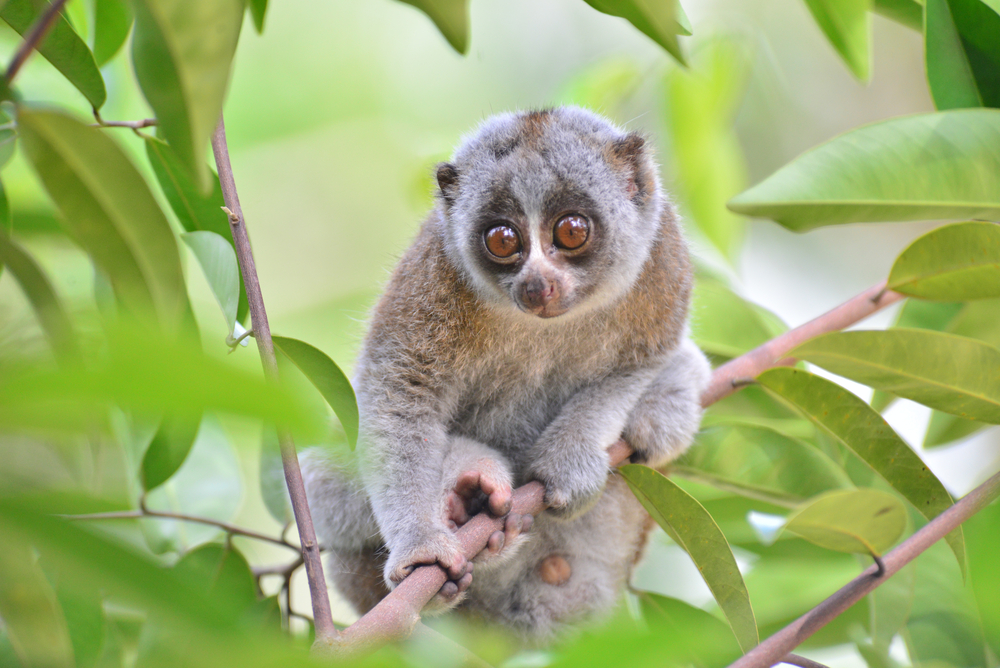
The slow loris seems to move in slow motion, a gentle creature with eyes that seem to hold the secrets of the world. Native to Southeast Asia, this primate is known for its deliberate movements and hypnotic gaze. Its large, round eyes are adapted for nocturnal living, allowing it to navigate the dense jungle under the cover of darkness. The slow loris’s endearing appearance belies its toxic bite, a rare trait for a mammal.
Observing a slow loris in the wild is like watching a living dream unfold. It moves with a languid grace, carefully picking its way through the branches. Despite its seemingly docile nature, the slow loris is a skilled hunter, using its stealth and patience to capture insects and small prey. Its unique combination of cuteness and danger makes it one of the jungle’s most intriguing residents.
9. Dik-dik
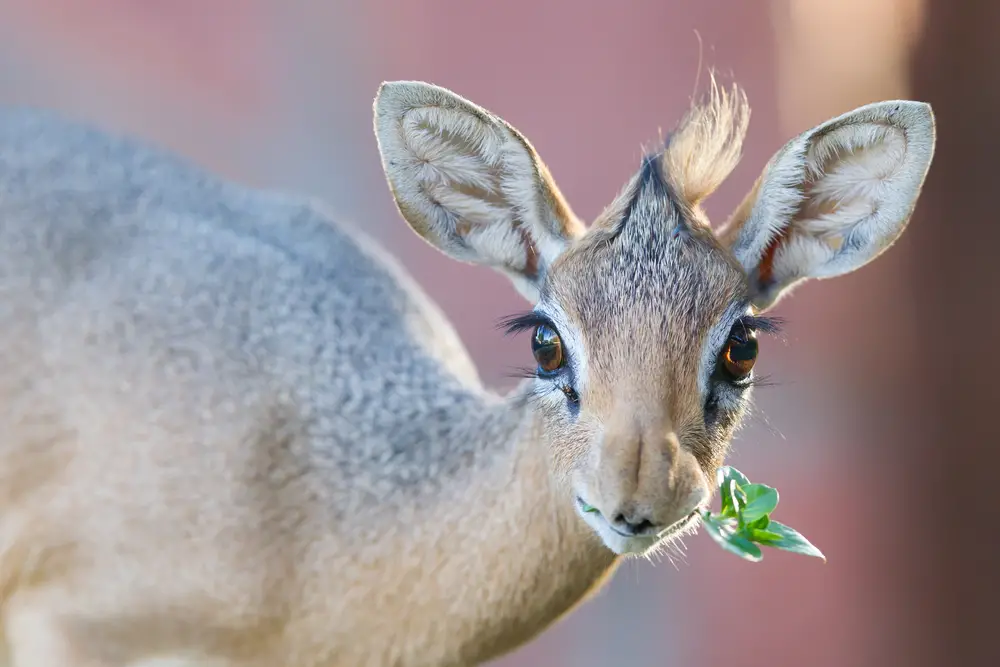
The dik-dik is a pint-sized antelope with an unmistakable charm, prancing through the African savanna on spindly legs. Named for the sound it makes when alarmed, this tiny creature is a master of camouflage, blending seamlessly into its surroundings. With its large eyes and delicate features, the dik-dik looks like a creature drawn from a fairy tale. Its small size and elusive nature make it a rare and precious sight in the wild.
Despite its diminutive stature, the dik-dik is a formidable survivor, with keen senses and a quick reflexes. It subsists on a diet of leaves, shoots, and fruits, obtaining most of its hydration from the vegetation it consumes. The dik-dik’s solitary lifestyle and monogamous pairing ensure that it is seldom seen, adding to its mystique. Spotting a dik-dik in the wild is a fleeting experience, a momentary glimpse into the enchanting world of the African wilderness.
10. Sea Otter
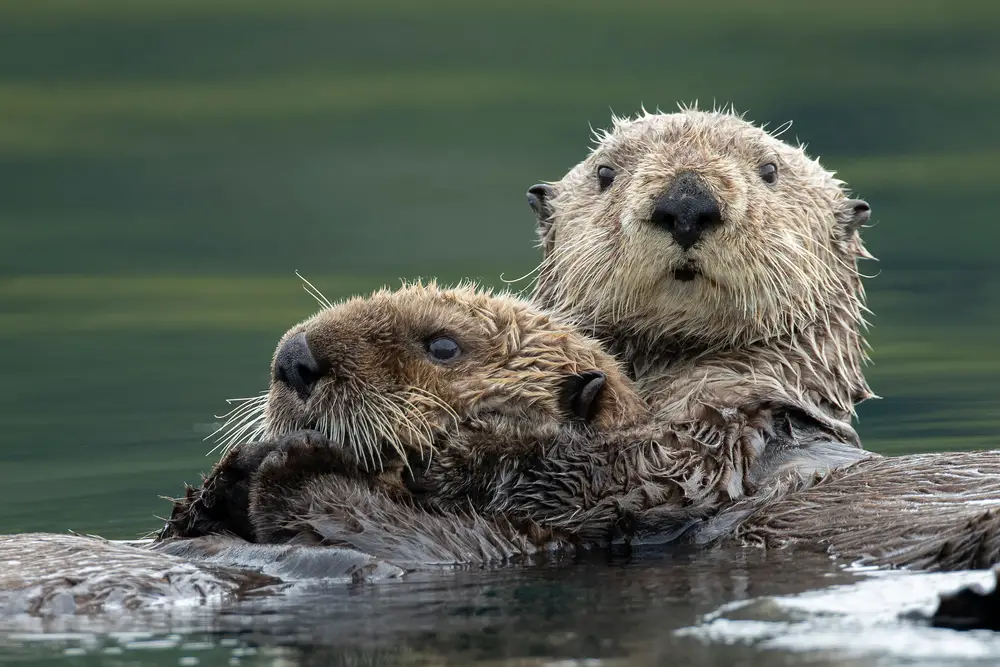
Sea otters are the clowns of the ocean, floating on their backs and cracking open shellfish with effortless flair. Found along the coasts of the northern and eastern North Pacific Ocean, these marine mammals are known for their playful behavior and dense fur. With faces that seem permanently set in a contented smile, sea otters are experts at making the mundane look magical.
Their playful antics serve a practical purpose, as sea otters use tools to crack open shellfish, a behavior that showcases their intelligence. These social animals often lounge in groups, or “rafts,” holding hands to prevent drifting apart while they sleep. The sight of a sea otter at play is a joyful reminder of the simple pleasures found in the natural world. Their buoyant personalities and endearing looks have made them beloved ambassadors of the animal kingdom.
11. Highland Cow
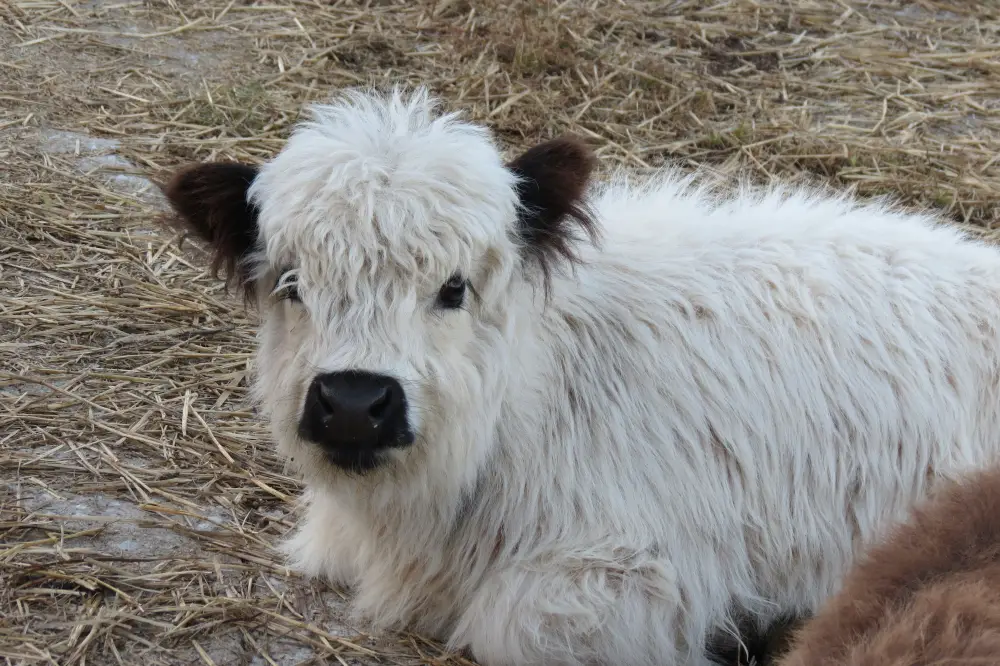
With its shaggy coat and soulful eyes, the Highland cow is a pastoral vision of tranquility and charm. Native to Scotland, these cattle are known for their distinctive long horns and flowing hair, which protect them from the harsh Highland weather. Their rugged appearance belies a gentle and docile nature, making them favorites among farmers and photographers alike.
Highland cows are hardy animals, capable of thriving in environments that would challenge lesser creatures. They graze on the rugged landscapes, contributing to the ecological balance of their habitats. Despite their imposing size, they exude a quiet grace and dignity, moving slowly and deliberately through the fields. Encountering a Highland cow is a serene experience, a glimpse into a world where nature and beauty coexist in perfect harmony.
12. Hedgehog
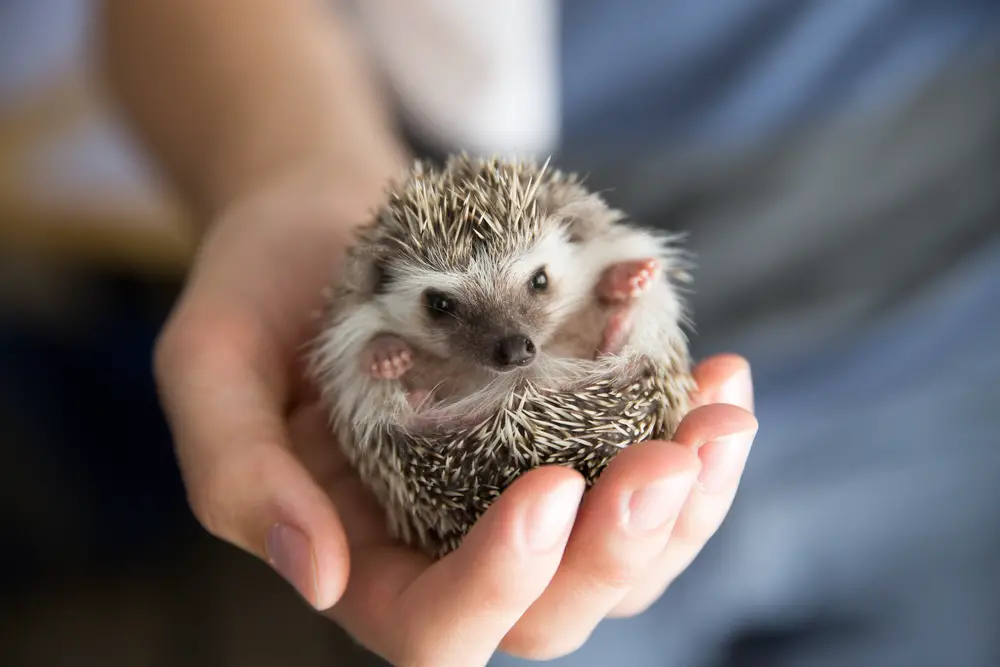
Hedgehogs are the garden’s tiniest wanderers, with a spiky exterior that conceals a surprisingly soft underbelly. Found across Europe, Asia, and Africa, these nocturnal creatures are known for their endearing waddles and inquisitive snouts. Their ability to curl into a tight ball when threatened is both an effective defense mechanism and an adorable sight to behold.
Despite their prickly appearance, hedgehogs are gentle foragers, using their keen sense of smell to find insects and other small prey. They are solitary animals, often seen exploring gardens and woodlands under the cover of night. Watching a hedgehog scuttle through the leaves is a delightful reminder of the wonders that await in the natural world. With their unique combination of cuteness and resilience, hedgehogs have captured the hearts of animal lovers everywhere.
13. Alpaca
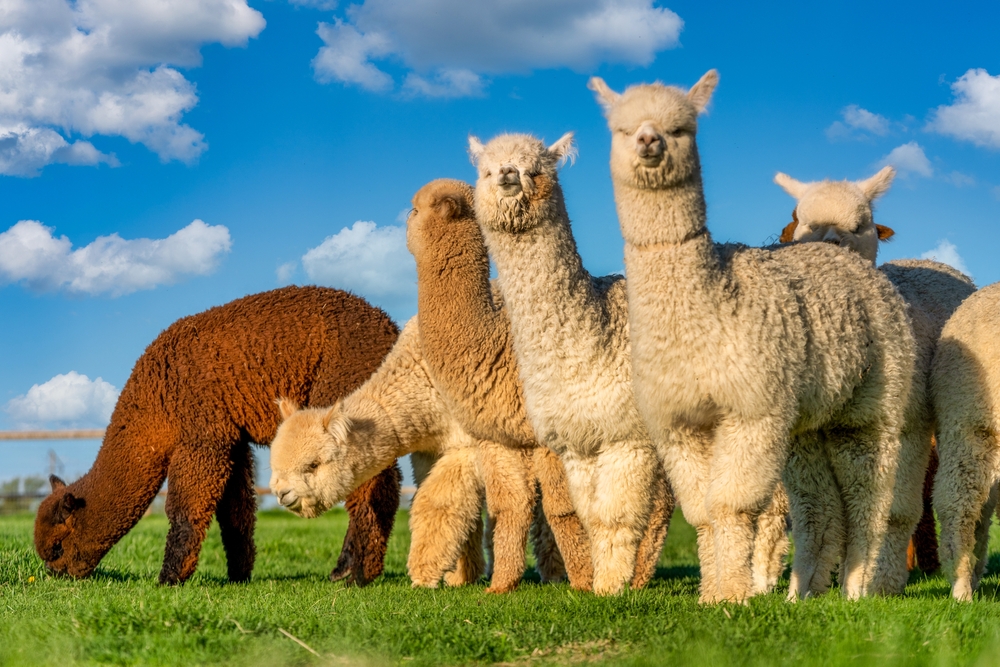
Alpacas are the supermodels of the South American highlands, with their long necks and luxuriously soft fleece. Resembling a cross between a sheep and a giraffe, these animals are known for their friendly demeanor and curious nature. They are social creatures, often found in herds, where they engage in playful interactions and mutual grooming.
The alpaca’s fleece is highly prized for its softness and warmth, making it a valuable commodity in the textile industry. These gentle animals are also used in animal-assisted therapy, thanks to their calm and non-aggressive nature. To encounter an alpaca is to be charmed by its inquisitive gaze and gentle presence. Whether grazing in the mountains or mingling with tourists, alpacas bring a touch of elegance and whimsy to the animal kingdom.
14. Pika

The pika is a tiny mountain-dweller, known for its high-pitched calls and industrious nature. Found in the rocky slopes of North America and Asia, these small mammals are closely related to rabbits. Their round bodies and large ears give them a perpetual look of surprise, adding to their charm.
Pikas are remarkable for their ability to survive in harsh alpine environments, where they forage for vegetation to store for the winter months. They build intricate haypiles, a behavior that showcases their resourcefulness and adaptability. Watching a pika dart among the rocks is a delightful spectacle, a burst of energy and determination in the rugged wilderness. With their endearing looks and tenacious spirit, pikas are a testament to the wonders of mountain life.
15. Tarsier
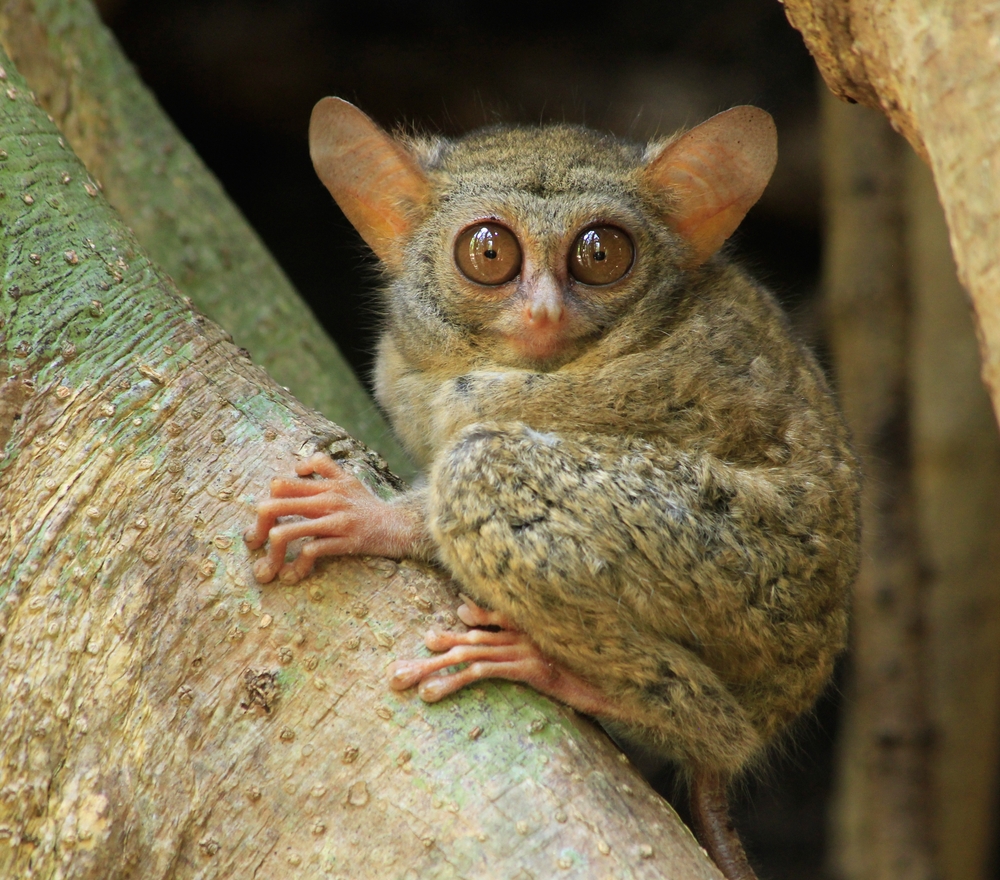
The tarsier is a pint-sized primate with eyes like saucers and a talent for leaping through the trees. Native to Southeast Asia, these nocturnal creatures are known for their incredible jumping ability and acute sense of hearing. Their large eyes are adapted for night vision, allowing them to hunt insects with precision.
Tarsiers are solitary animals, preferring the quiet of the forest to the hustle and bustle of the jungle floor. Their ability to rotate their heads almost 180 degrees adds to their uncanny allure. Watching a tarsier move through the branches is like witnessing a ballet, each leap and bound a testament to its agility and grace. With their unique appearance and captivating presence, tarsiers are a wonder of the wild, a glimpse into the mysteries of the animal kingdom.
